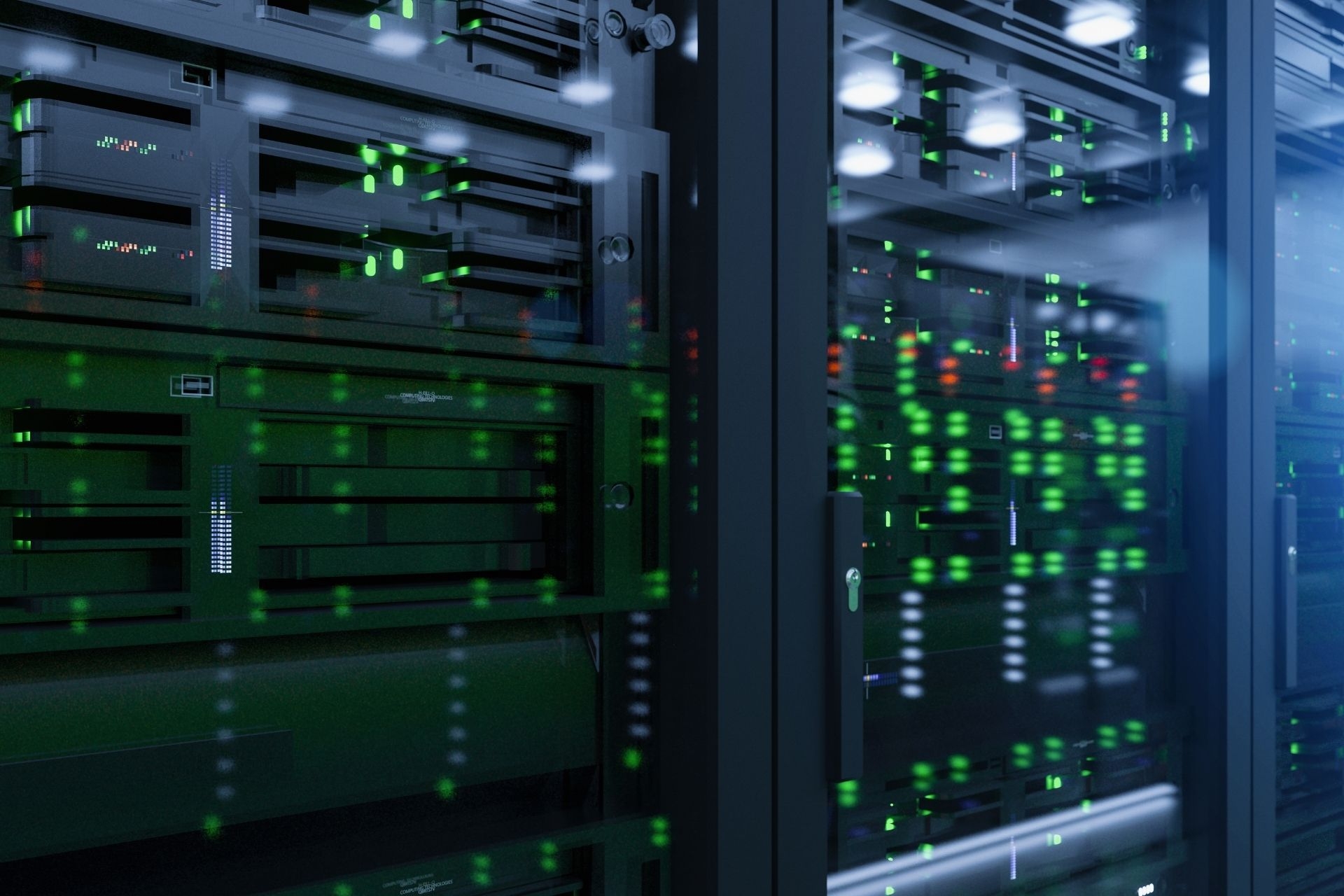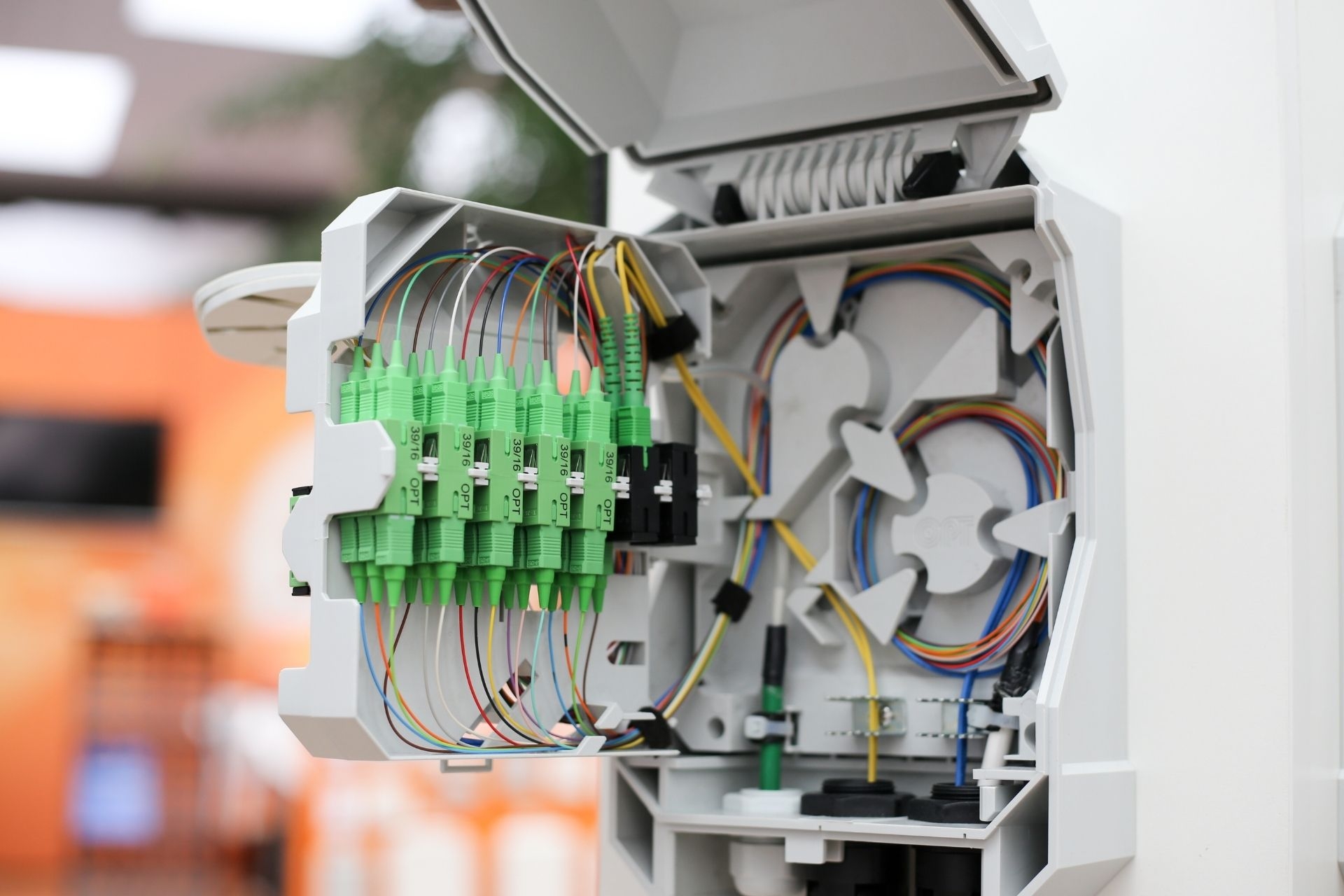Hybrid Fiber-Coaxial (HFC)
How does the hybrid fiber-coaxial (HFC) network architecture improve internet speed and reliability?
The hybrid fiber-coaxial (HFC) network architecture enhances internet speed and reliability by utilizing a combination of fiber-optic and coaxial cables. Fiber-optic cables transmit data at the speed of light, providing high bandwidth and low latency, while coaxial cables deliver signals to individual homes. This hybrid approach allows for faster and more stable internet connections, especially in areas where traditional copper-based networks may struggle to meet the demands of modern internet usage.



